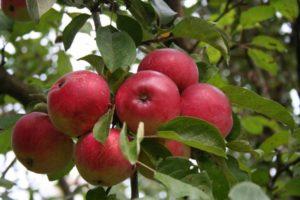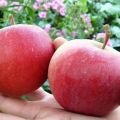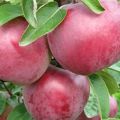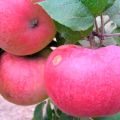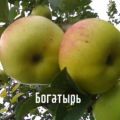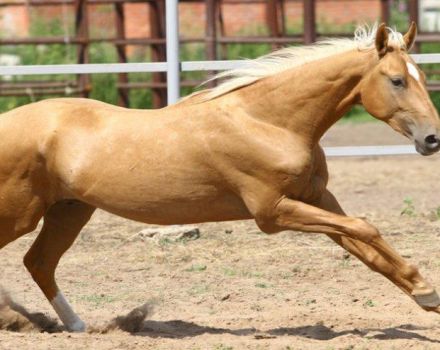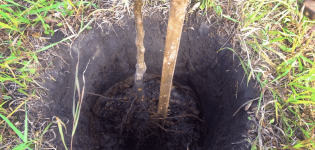Description and characteristics, advantages and disadvantages of the Legend apple variety, the subtleties of growing
In the middle latitudes, apple trees are most in demand among all fruit plantations. At every cottage, suburban area, there is always a place for these trees. Everyone knows the taste of apples since childhood, they are rich in vitamins, minerals, organic acids that cleanse the intestines, have an antiviral effect, and slow down the growth of cancer cells. The apple tree Legend is appreciated for its resistance to frost, ease of care, for its immunity to many diseases, for the high commercial quality of the fruit. The variety successfully replaces Antonovka, Kalvil, Jonathan.
Content
- 1 Apple tree breeding history Legend
- 2 The advantages and disadvantages of culture
- 3 External characteristics
- 4 In which regions is it recommended to plant
- 5 Sustainability
- 6 Crop yield
- 7 The beginning of fruiting
- 8 Transportability and storage
- 9 Planting recommendations
- 10 Growing conditions
- 11 Subspecies and variants
Apple tree breeding history Legend
A compact tree that grows up to 3 meters in height, bred at the Moscow Institute of Horticulture. The famous breeder Viktor Kichin worked on its creation. The legend was obtained by crossing Lingonberry and Fuji. In turn, a relative of the Japanese hybrid is the American Rolls Janet, from which the apple got excellent commercial qualities. The legend appeared in 1984, but was entered into the State Register much later - in 2008.
The advantages and disadvantages of culture
Working on the creation of a hybrid, a professor from the Institute of Horticulture took into account all the disadvantages of the parent varieties, paid special attention to the positive aspects. The advantages of the Legend include the fact that:
- The apple tree is almost not affected by fungi and bacteria.
- Withstands severe frosts.
- It does not require special care.
- The tree is compact.
- Adapts to abrupt weather changes.
The downside of the hybrid is that it does not yield a high yield every year. Fruits are stored less than apples of some other late varieties.
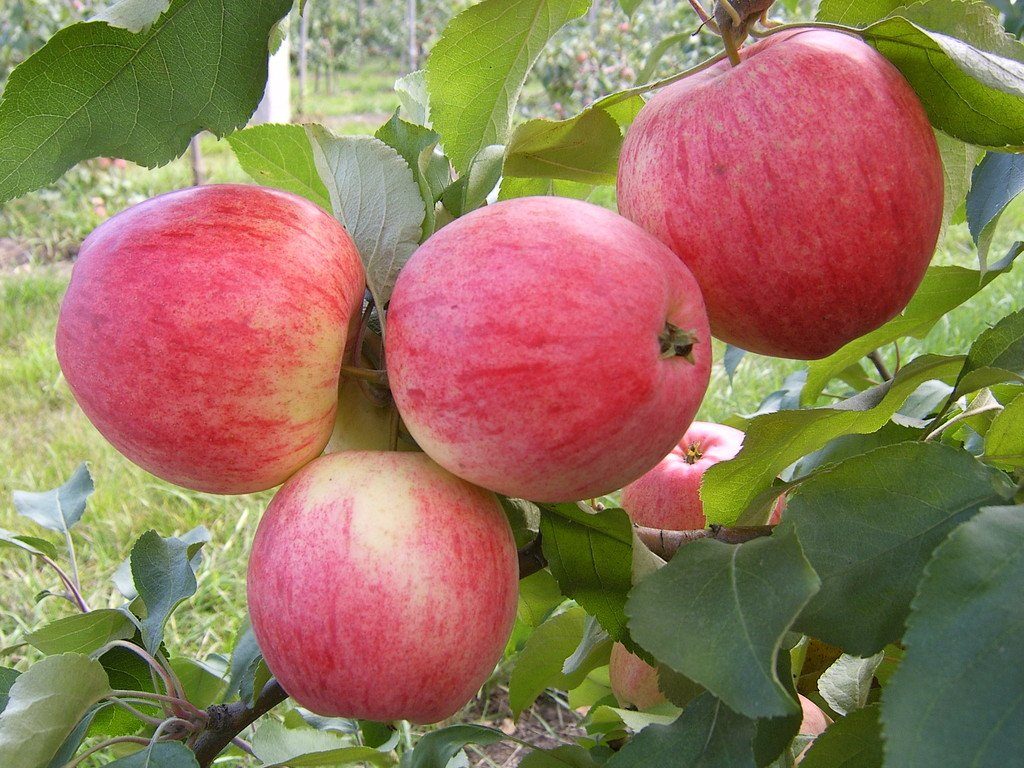
External characteristics
The description of the Russian hybrid interested summer residents, the owners of suburban areas, cottages and houses began to buy seedlings. The legend is also perfect for industrial cultivation.
Barrel height
The apple tree attracts by the fact that it takes up little space, does not stretch up, and it is very easy to get the fruits.The tree has shortened shoots, its trunk height rarely reaches 3 meters.
Crown diameter
The legend is distinguished by a small number of twigs. The variety is perfect for small plots, as it is characterized by high yields, but has a compact crown less than a meter in diameter.
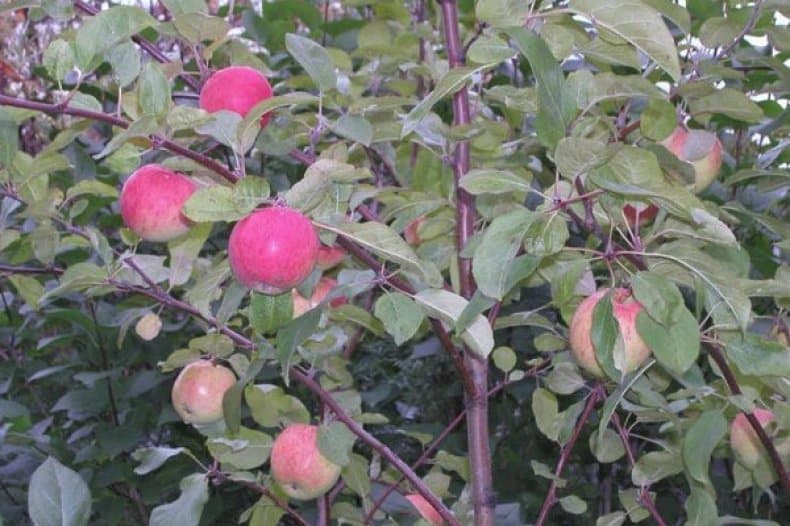
Branching of the root system
To properly care for an apple tree, you need to know the features of its structure. The fruit tree, in addition to the aerial part, consisting of a trunk, crown, shoots and forming branches, has a root system. In the Legend variety, it is not branched, but compact and located close to the surface. The earth in the near-trunk circle must be loosened no deeper than 10 cm.
Technical features
The hybrid, created in Russia, left behind the varieties on the basis of which it was developed, in many respects. The legend is appreciated for the high yield, marketable quality of apples.
In which regions is it recommended to plant
The hybrid is grown in mid-latitudes. The tree is adapted to climates with short, cool summers and often damp weather. The apple tree bears fruit not only in the Moscow region, but also in Siberia, in the south of the Urals, in the Leningrad region.
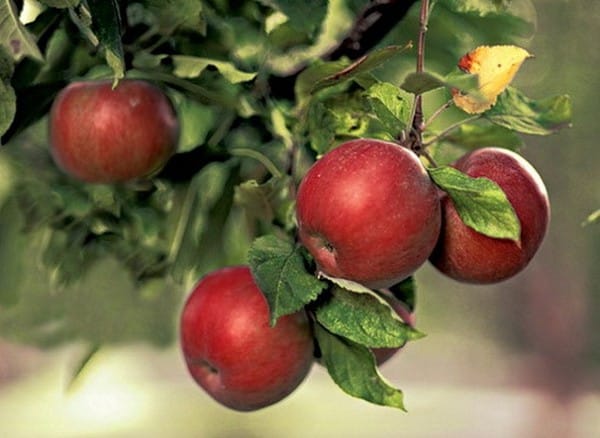
Sustainability
The creator of the Legend managed to improve the technical characteristics of Lingonberry with small apples and the Japanese variety, which does not withstand cold weather well, is not adapted to the conditions of central Russia.
To frost
Although the Legend's root system is close to the surface of the earth, the tree normally tolerates the subzero temperatures typical of winters in temperate regions.
Drought
The apple tree pleases with its harvest in hot summer, when there is no rain for a long time. The variety reacts positively to watering, but is also adapted to prolonged drought.

To diseases and insects
The legend is resistant to bacterial and fungal infections. However, the spores are easily carried by the wind, and the apple tree can become infected from other fruit trees. In rainy weather, the hybrid sometimes suffers from scab.
The legend is resistant to many pests, but prevention of the mothball will not hurt.
Crop yield
Although the tree is not tall and has a compact crown, it produces 10–12 buckets of apples, each weighing 160 to 250 grams, per season.
The beginning of fruiting
The Legends sapling pleases with the first fruit next summer. A full harvest can be obtained in 5-6 years.
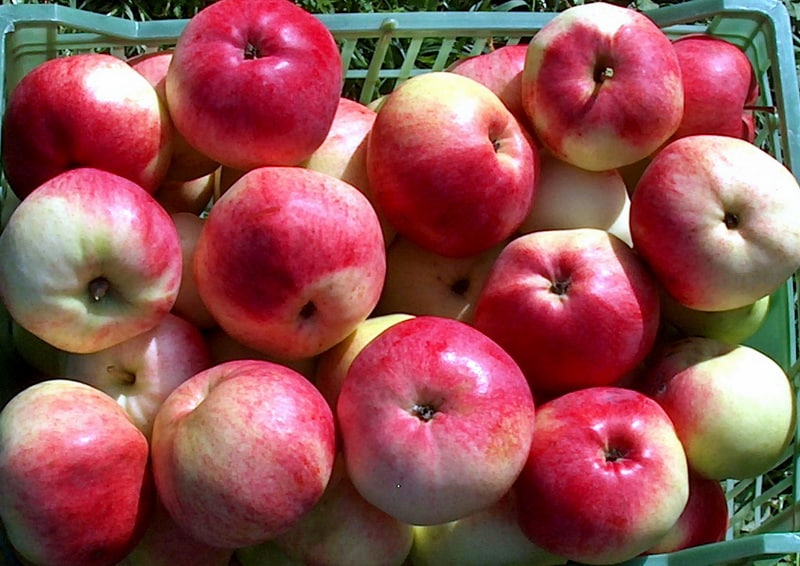
Apples are harvested every season, however, the number of fruits is influenced by the weather and care.
Pollinators varieties
Self-infertile hybrids, to which the Legend belongs, do not please with an abundance of fruits, if apple trees do not grow nearby, which perform the functions of a pollinator. Borovinka, Melba, North Sinap are used for this purpose.
Flowering and ripening time of apples
The fruits of late-ripening varieties, such as the hybrid bred in Russia, are harvested in September-October, the growing season depends on the climate of the region, usually the tree begins to bloom in May, in some areas at the beginning - in others in the middle of the month.
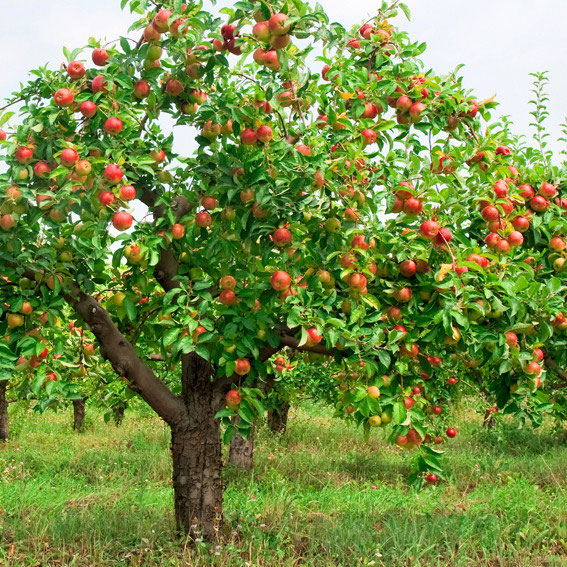
Tasting qualities
For the appearance of red apples weighing about 200 g, the hybrid received an assessment from experts equal to 4.5 points, for taste - 5.
Transportability and storage
Apples of the Legend have a dense skin, are not damaged during transportation over long distances, therefore they are grown on an industrial basis. The fruits do not spoil for a long time, they are stored in a cool place until the New Year.
Planting recommendations
In order for a tree to develop quickly and delight with fruits, you need to find a place for it where no shadow falls, the sun shines all day.
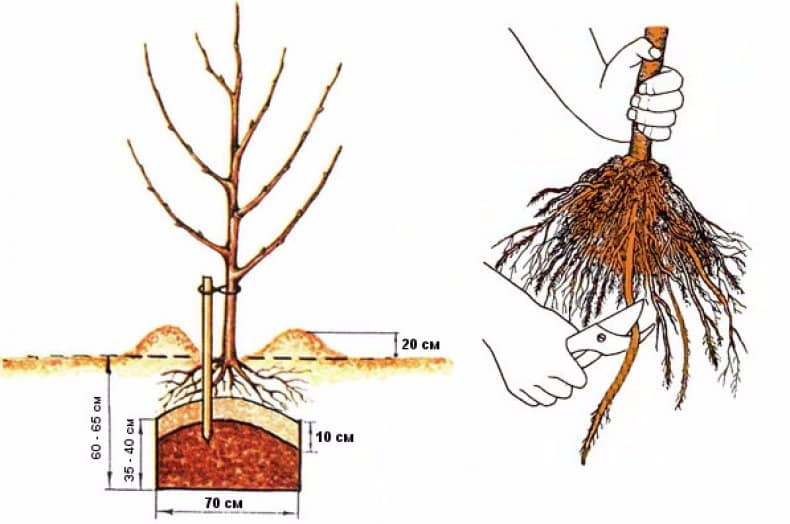
Autumn or spring landing
In the middle lane, the Legend normally takes root if you send the apple tree to the open ground at the end of September or in the first decade of October. You can plant the tree in April, but the date is adjusted for the weather.
Requirements for soil composition
The Legend variety grows well on chernozems and loams, meadow soils. If the water is close to the surface, a drainage layer is made of broken brick or gravel. Sandy soil is not suitable for a fruit tree.

The optimal place and size of the planting pit
Having chosen a site where no shadow falls, they remove part of the land, connect it with humus, which allows improving aeration. After that, a hole is dug with a depth of at least 70 cm and a width of about a meter.
Procedure technology
A peg is hammered into the middle of the prepared groove, a tree is planted next to it in the soil, straightening the roots, leaving the neck above the ground at about 50 mm. The apple tree is watered abundantly. So that the water does not spread, after the seedling is taken in, they equip a low shaft in the root circle.
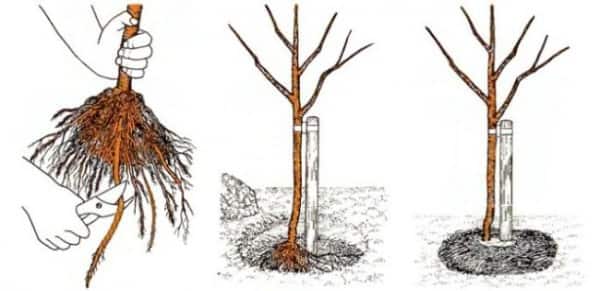
Growing conditions
Legend responds to its care with early fruiting, a bountiful harvest of apples. Agrotechnical measures involve:
- timely moisturizing;
- regular feeding;
- removal of weeds in the trunk circle;
- shortening shoots;
- crown formation.
You need to take care of the hybrid in almost the same way as for other varieties of apple trees. The Legend can thank the first fruits next fall.
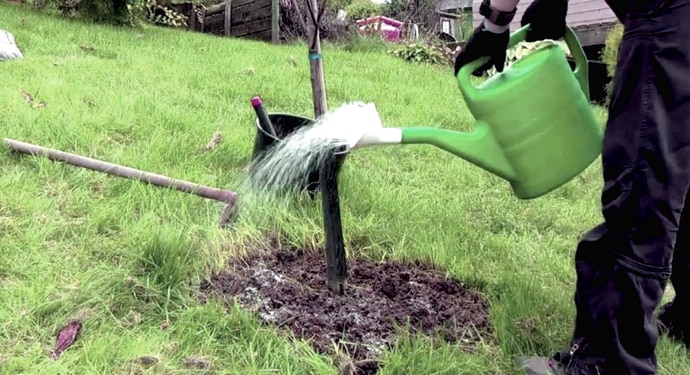
Watering
If there is no rain, in the summer, once every 2 weeks, they resort to moistening the seedlings, for one young plant 2 buckets of water are enough, for an adult - four. During a long drought, apple trees are watered more often.
Soil care
The soil in the near-trunk circle is freed from weeds, after each rain and moisture it is thoroughly loosened, but shallowly so as not to catch the roots.
Top dressing
After planting the Legend apple tree, fertilizers are applied in the spring, in which nitrogen is present. In the summer, the tree needs potassium and phosphorus. Fertilizing of fruiting plants is done when buds appear. Organic and minerals are used.
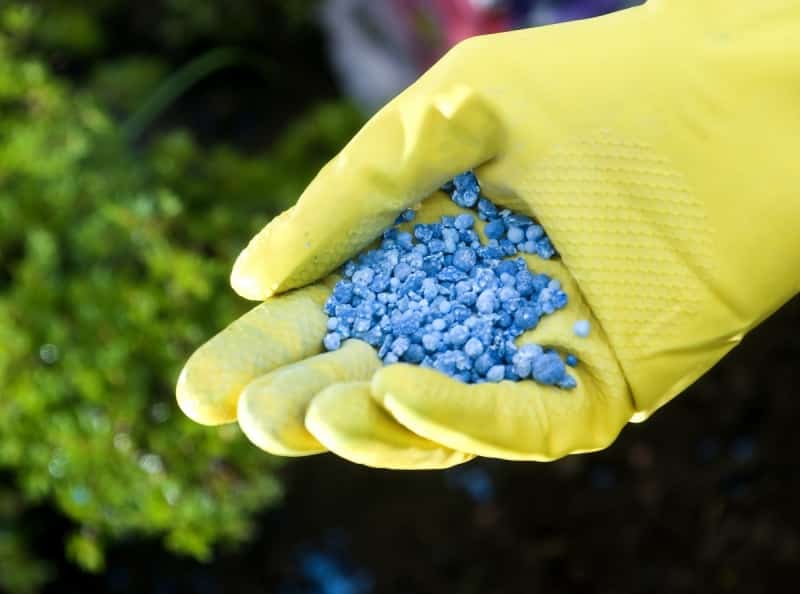
Crown formation
To improve the appearance of the apple tree, to increase the yield, they resort to pruning every year. In late March or early April:
- Remove dried branches.
- Thin the crown.
- Long and weak shoots are shortened.
Places of damage are covered with garden pitch. Sanitary pruning can be done in October when the apples have already been picked.

Mulching and preparation for the winter period
2 weeks after harvesting the fruits, the ground near the plant is carefully dug up, the near-trunk circle is cleaned of leaves, straw or other mulch, mineral fertilizers are applied, and the tree is watered.
To prevent hares from gnawing the trunk and branches, they are wrapped with roofing material. Spruce branches help to hold back the snow; the apple tree should not be covered with leaves.
For the winter, the tree is treated with urea or iron sulfate, the fallen ovary is burned, in which pests and fungal spores are found. Whitewashing with lime helps protect the trunk from freezing or sunburn. You can add fungicides to the solution.
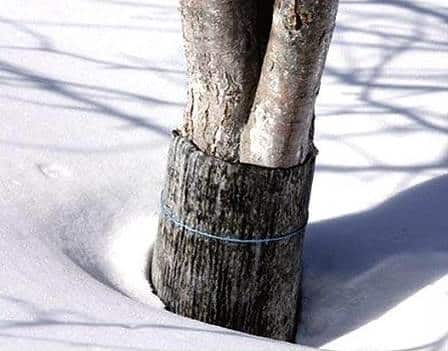
Subspecies and variants
There are 2 ways in which the land owners cultivate the Legend variety.
Dwarf
So that the fruits on the tree are tied earlier at least a year earlier, the apple tree has a more compact shape, gardeners and summer residents of Russia grow a hybrid on a dwarf rootstock. The only drawback of this method is that the tree's lifespan is reduced.
Columnar
This option for planting the Legend apple tree is preferred by farmers who cultivate the variety in significant volumes. Fruit trees do not need a large area on columnar rootstocks. Only a specialist can form such a crown.

